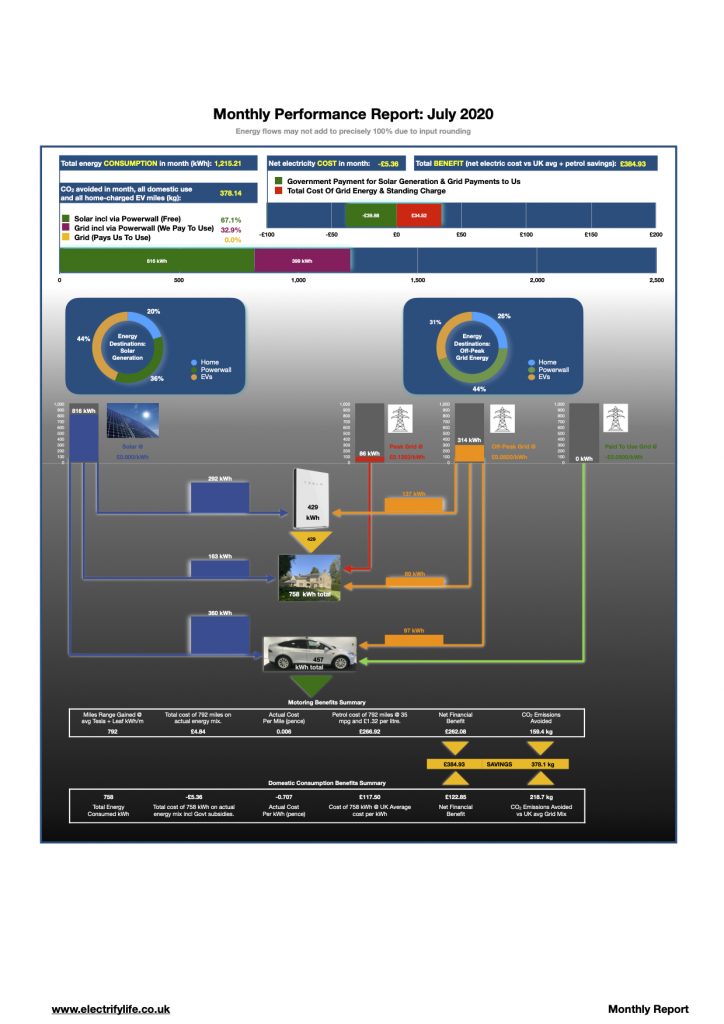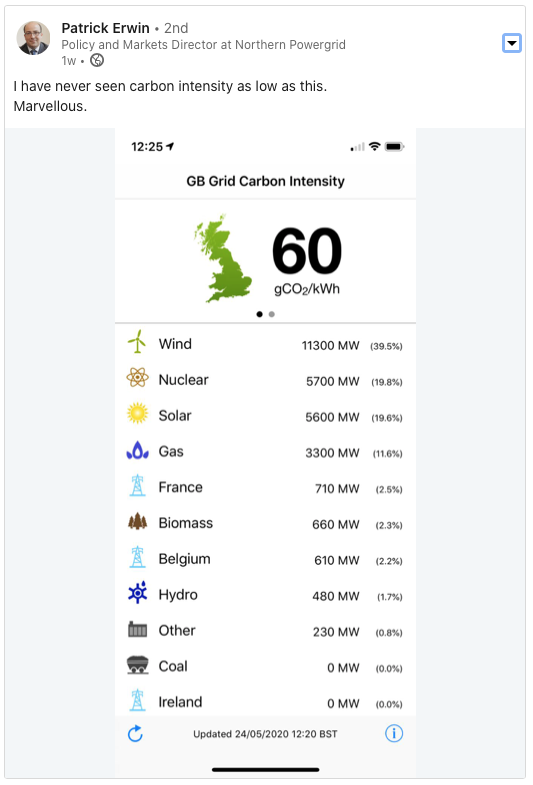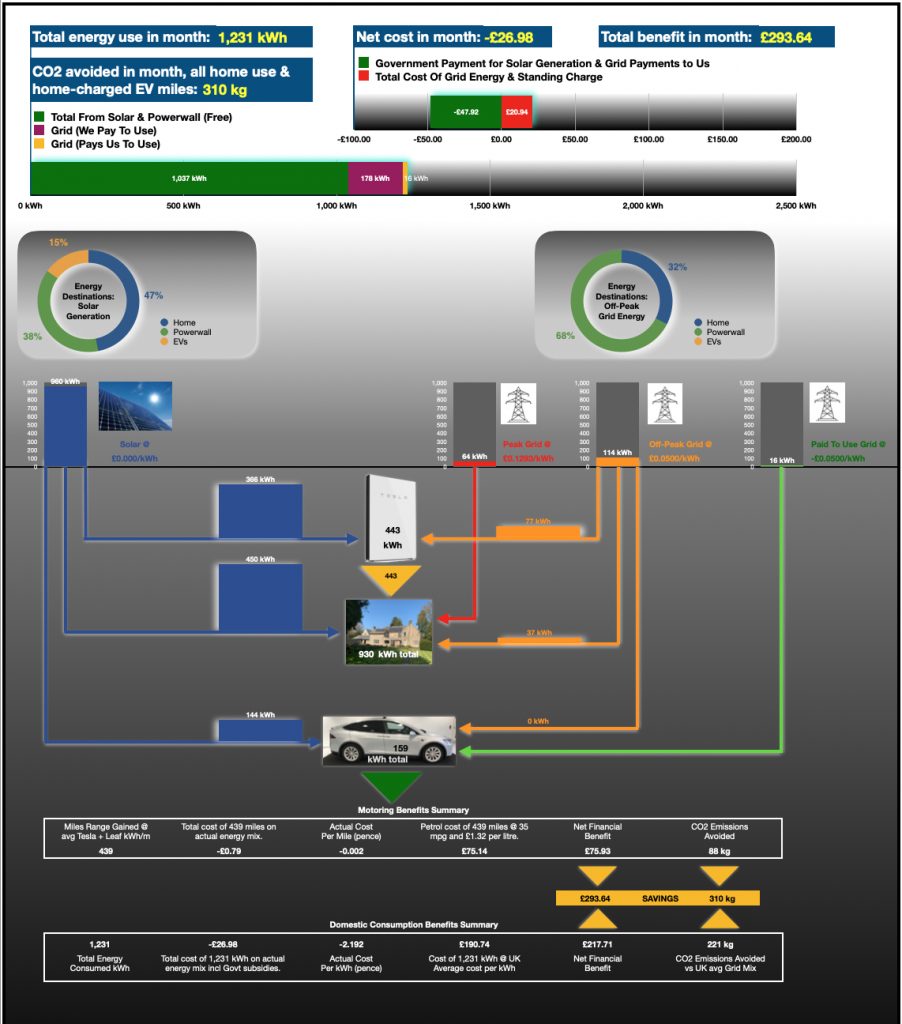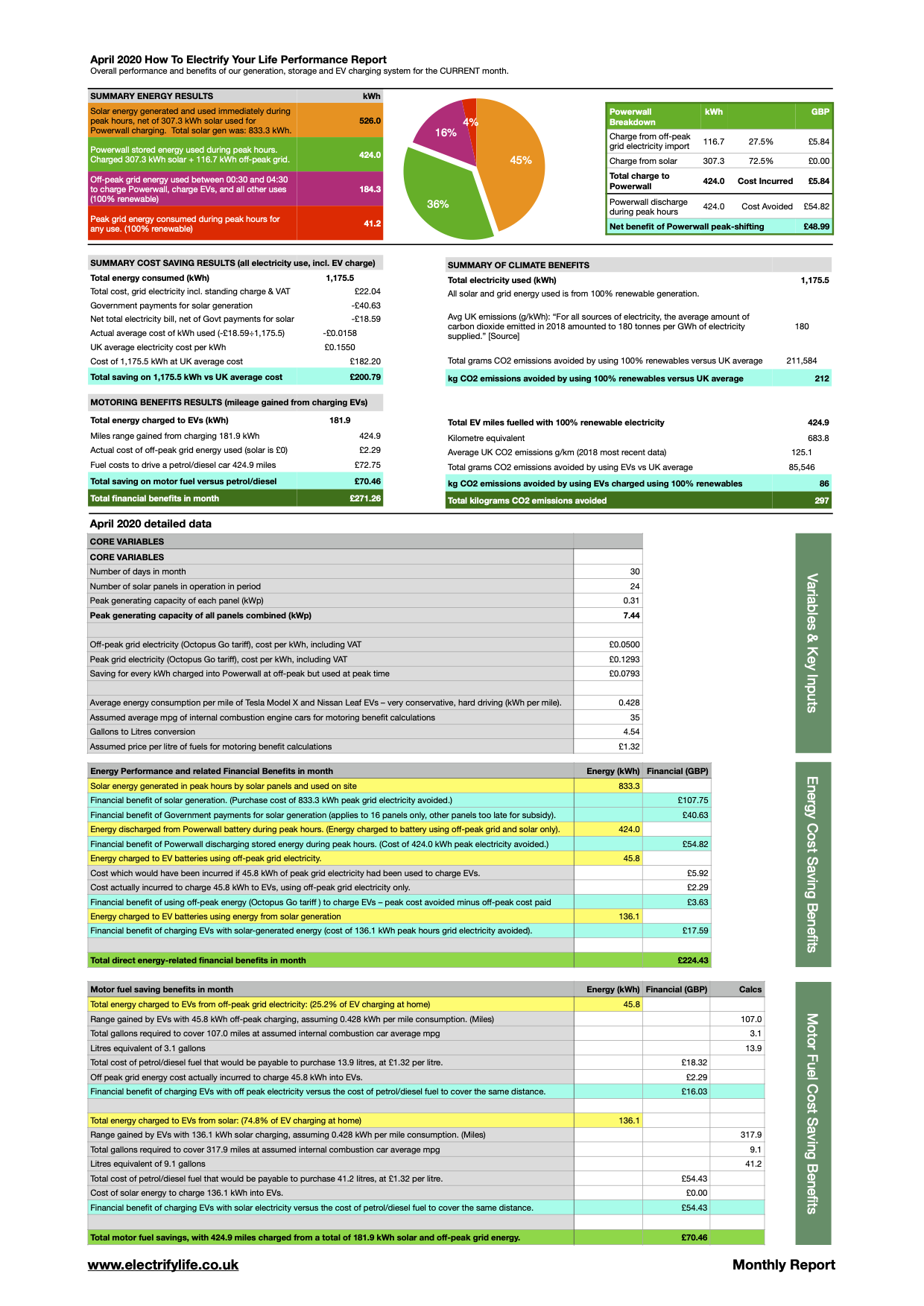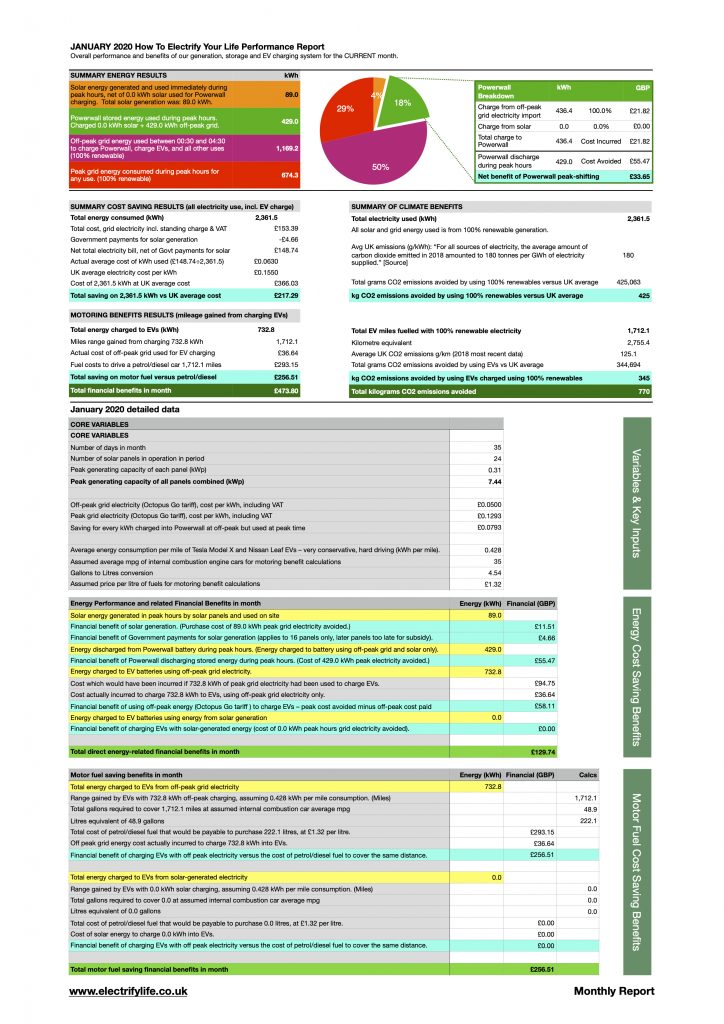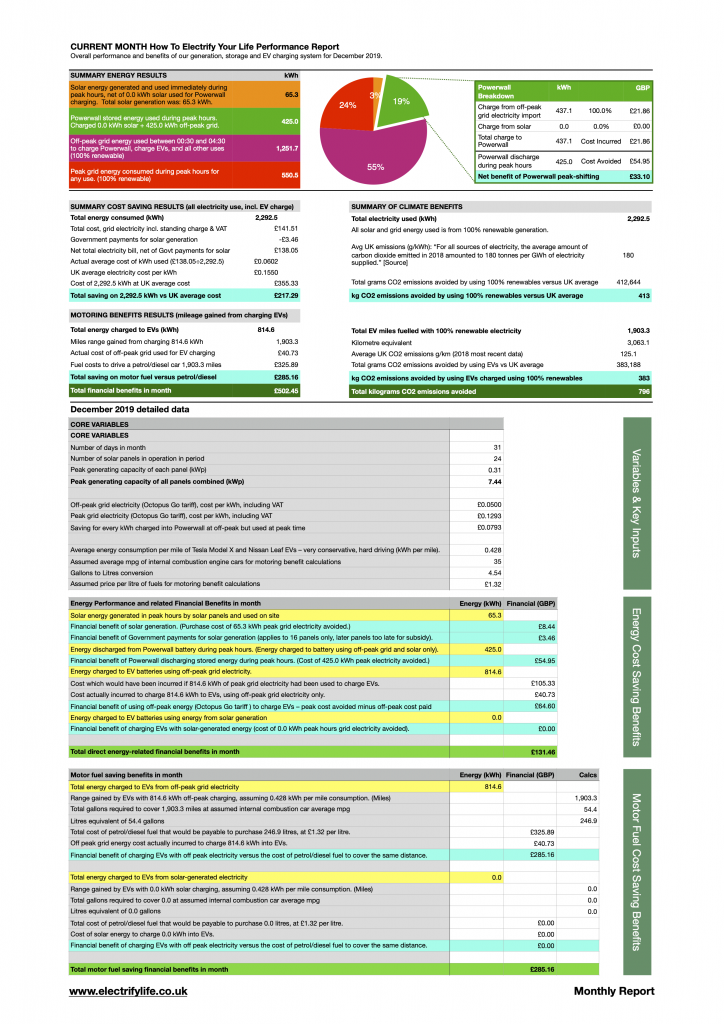Some really important news broke in mid-May 2020.
Tesla is apparently enabling Vehicle To Grid (V2G) charging capabilities on its vehicles.
V2G is super-important. This basically completes the jigsaw which enables Tesla to become a major player as a wholesale participant in energy markets by leveraging:
a) its fleet of stationary batteries, Powerwall and Powerpacks;
b) its fleet of mobile batteries, in owners’ cars;
c) its fleet of solar installed on owners’ roof spaces;
d) Tesla’s Autobidder platform to enable grid market participation; and
e) the company’s Edge Computing capability to enable it to route electricity intelligently (and profitably) between solar generation, stationary batteries, any V2G-equipped Tesla car and superchargers.
The addition of V2G is a game-changer, in that it allows Tesla to use the entire fleet of cars and Powerwalls in a given country to offer (highly lucrative) grid services such as peak shifting, demand spike mitigation, and Rate Of Change Of Frequency (ROCOF) response. Some of these grid services require response within seconds, which only battery storage, some pumped storage hydro, and Compressed Air Energy Storage (CAES) can deliver.
In countries with a functional dynamic electricity market and an increasing proportion of generation coming from (inherently intermittent) renewables, any wholesale player who is able to offer near-instant-response storage on a significant scale is in a very strong position. And Governments/Grid Operators love it too, because the combination of renewables plus large scale storage enables a massively faster transition to net zero carbon.
So I’d expect Tesla to be using its unique app-enabled access to a highly distributed fleet of huge numbers of (relatively small) batteries and, in lesser number, domestic-scale solar installations to aggregate this distributed storage and micro-generation capacity up to the industrial scale which enables it to play in the wholesale electricity market.
At the wholesale scale, it will then use Autobidder to dynamically route the surpluses it has aggregated to wherever it will make the most money.
The UK is probably the most advanced dynamic-priced electricity market in the world. So it’s no surprise that Tesla recently lodged its formal application with the regulator to operate as a generator supplying the UK grid.
This will not be about Tesla building a large fixed-plant power station. Instead this will involve:
- Tesla dynamically supplying the grid from the distributed storage, into which its IOT platform gives it access and insight, to make money from the lucrative peak-mitigation and ROCOF services the grid requires;
- plus using the trading rights a grid-connected generator enjoys to purchase energy at low-cost (or even negative cost) super off peak periods when the grid has a surplus; and
- pump that super-cheap energy to its customers’ cars and Powerwalls so that those end users home and cars are optimally charged, at the cheapest possible rate, with enough energy to power each user’s intelligently-predicted home load or next car trip.
Of course, I’m expecting Tesla’s algorithms, using the company’s fleet-wide data and predictive analytics, to be able to make all the necessary choices, in real time. I’m also expecting that there will be zero requirement for the individual end customer to make any input. Apart, perhaps, from telling ‘the system’ via the Tesla App that she/he wants to go to a specific destination tomorrow morning (when that’s different from a regular commute pattern, which Tesla already knows about anyway). In that case, I’d expect the battery to be optimally charged overnight to reach the desired destination, taking into account time-optimised supercharger stops where necessary.
So what’s the killer advantage from Tesla’s POV as a grid-connected generator with wholesale trading rights? It’s all about capital cost.
A.N. Other generator would have to stump up the cash to build or buy the power station before they can sell the electricity it producers. In Tesla’s case, it’s their customers who have paid the capital cost of ‘building the power station’, because they paid Tesla when they took ownership of their car or Powerwall. The difference of course is that, whilst each Tesla customer owns only a tiny fraction of the overall capacity, collectively they own 100% of it. This shifts 100% of the risk off Tesla’s accounts.
Things are moving pretty rapidly. Tesla have already quietly partnered with, Octopus, probably the UK’s most innovative domestic electricity supplier, to offer the “Tesla Energy Plan”. This is marketed as “an energy tariff specifically designed for Tesla vehicle owners who have solar panels and Powerwall installed in their home.” Note the solar panels bit. This is important, because anybody with a solar inverter is already technically enabled and legally allowed to export surplus energy to the grid.
Clearly, there has to be a compelling answer to the question from the customer’s perspective: ‘what’s in it for me?’ And that’s as follows.
- In the UK, typical average domestic electricity costs 15p/kWh.
- Under the Octopus Tesla Energy Plan you pay only 8p/kWh for the energy you buy from the grid.
- And, super-importantly, you also get paid 8p/kWh for any energy Tesla export to the grid on your behalf.
The Octopus/Tesla collaboration also clearly shows the direction of travel commercially too. “It offers customers 100% clean electricity and savings of up to 75% compared to Big 6 tariffs. This is achieved through giving you the lowest flat electricity tariffs in the UK, combined with smart management of your home’s energy and electric vehicle (EV) charging.”
The key detail is in the FAQs.
Q: “What happens if I already have another electric vehicle charger installed, do I still need to have a Tesla Wall Connector?”
A: “No, although we do need you to disable any smart charging features if your charger has those capabilities. Doing this will allow you to use your existing charger for the Tesla Energy Plan.”
This couldn’t be clearer.
- As the end-user you’re being asked give up the right to route your solar generation intelligently to your Powerwall and your Tesla car. In our case, this would mean switching off the intelligent functions in the myenergi ‘zappi’ smart charger, which routes any surplus solar production into our Model X, net of domestic consumption and Powerwall charge up.
- In return, intelligent energy and storage management done by Tesla, on your behalf, will ‘typically save you 75%’ compared to Big 6 suppliers.
From our own perspective, it will be interesting to do the numbers at the end of a full year to find out which approach saves most money.
- Our own plan, which is essentially as follows. Install the smart tech on-site, maximise self-consumption, make maximum use of 5p/kWh super-super-cheapo Octopus electricity in the 4 hour window between 00:30 and 04:30 every morning, and minimise use of 13p/kWh energy during other 20 hours. Try to get exports to grid as close to zero as possible.
- Or just hand the whole process over to Tesla, pay 3p more per kWh than our super-off-peak consumption, and let Tesla pay us 8p/kWh for exporting as much of our solar generation as possible whilst still leaving us enough to drive the cars when and where we want and power the house from the Powerwall when the sun’s not shining.
Watch this space!
Elektrek broke the V2G story here.
You can sign up with Octopus Energy here. This referral link will save you, and us, £50 off an Octopus electricity bill.
